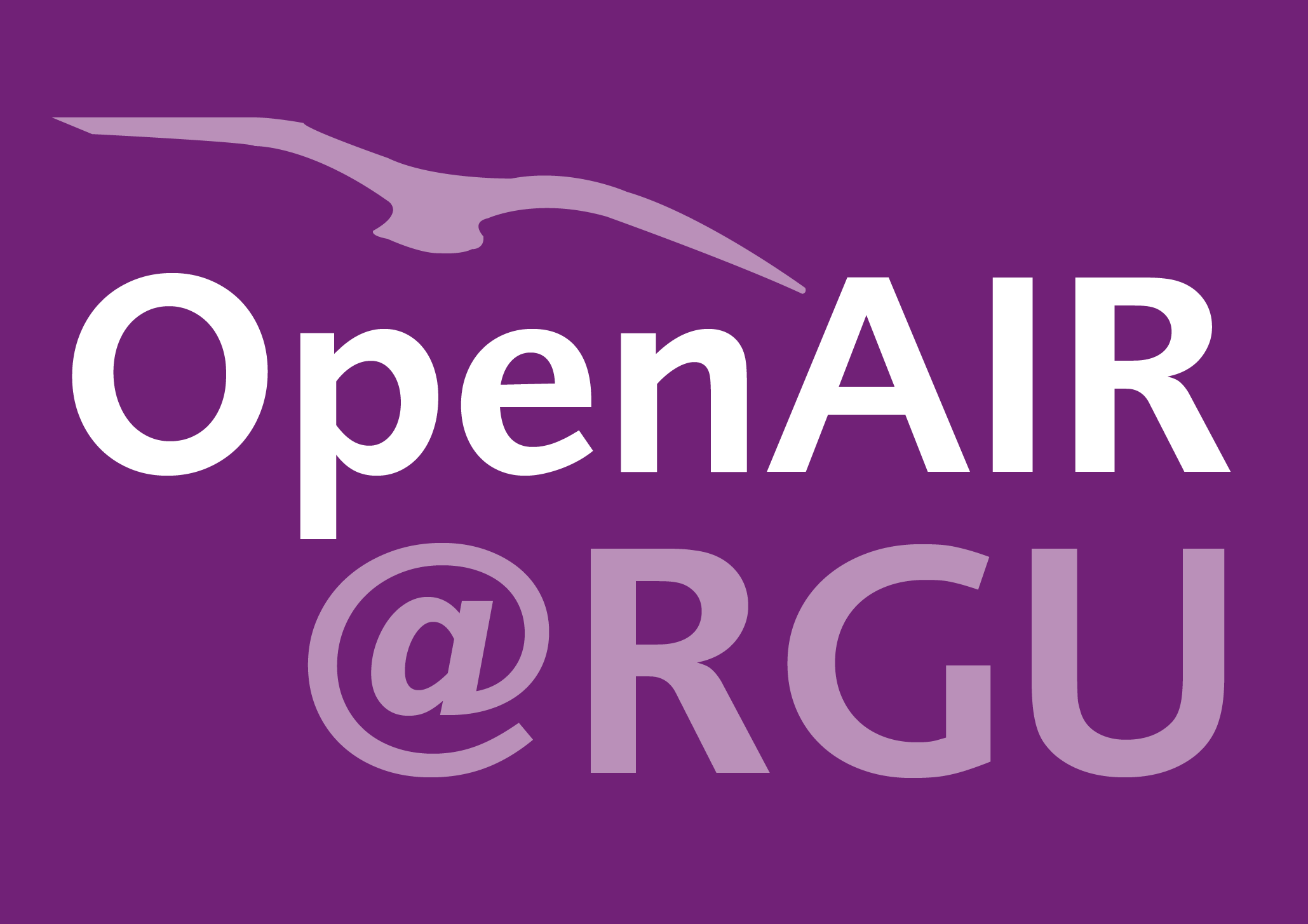Taxonomic corpus-based concept summary generation for document annotation.
(2017)
Presentation / Conference Contribution
NKISI-ORJI, I., WIRATUNGA, N., HUI, K.-Y., HEAVEN, R. and MASSIE, S. 2017. Taxonomic corpus-based concept summary generation for document annotation. In Kampus, J., Tsakonas, G., Manolopoulos, Y., Iliadis, L. and Karydis, I. (eds.) Proceedings of the 21st International conference on theory and practice of digital libraries (TPDL 2017): research and advanced technology for digital libraries, 18-21 September 2017, Thessaloniki, Greece. Lecture notes in computer science, 10450. Cham: Springer [online], pages 49-60. Available from: https://doi.org/10.1007/978-3-319-67008-9_5
Semantic annotation is an enabling technology which links documents to concepts that unambiguously describe their content. Annotation improves access to document contents for both humans and software agents. However, the annotation process is a chall... Read More about Taxonomic corpus-based concept summary generation for document annotation..
